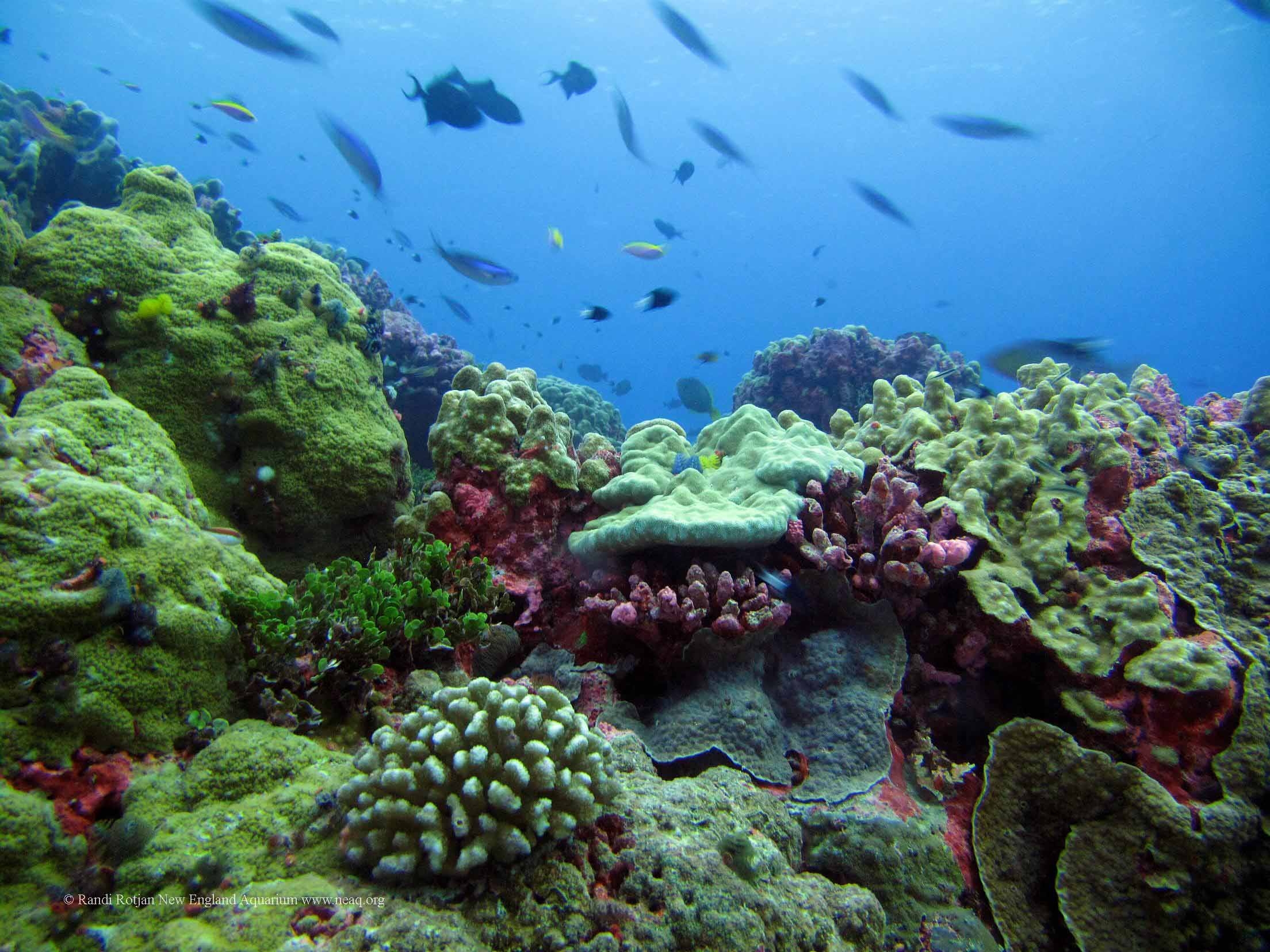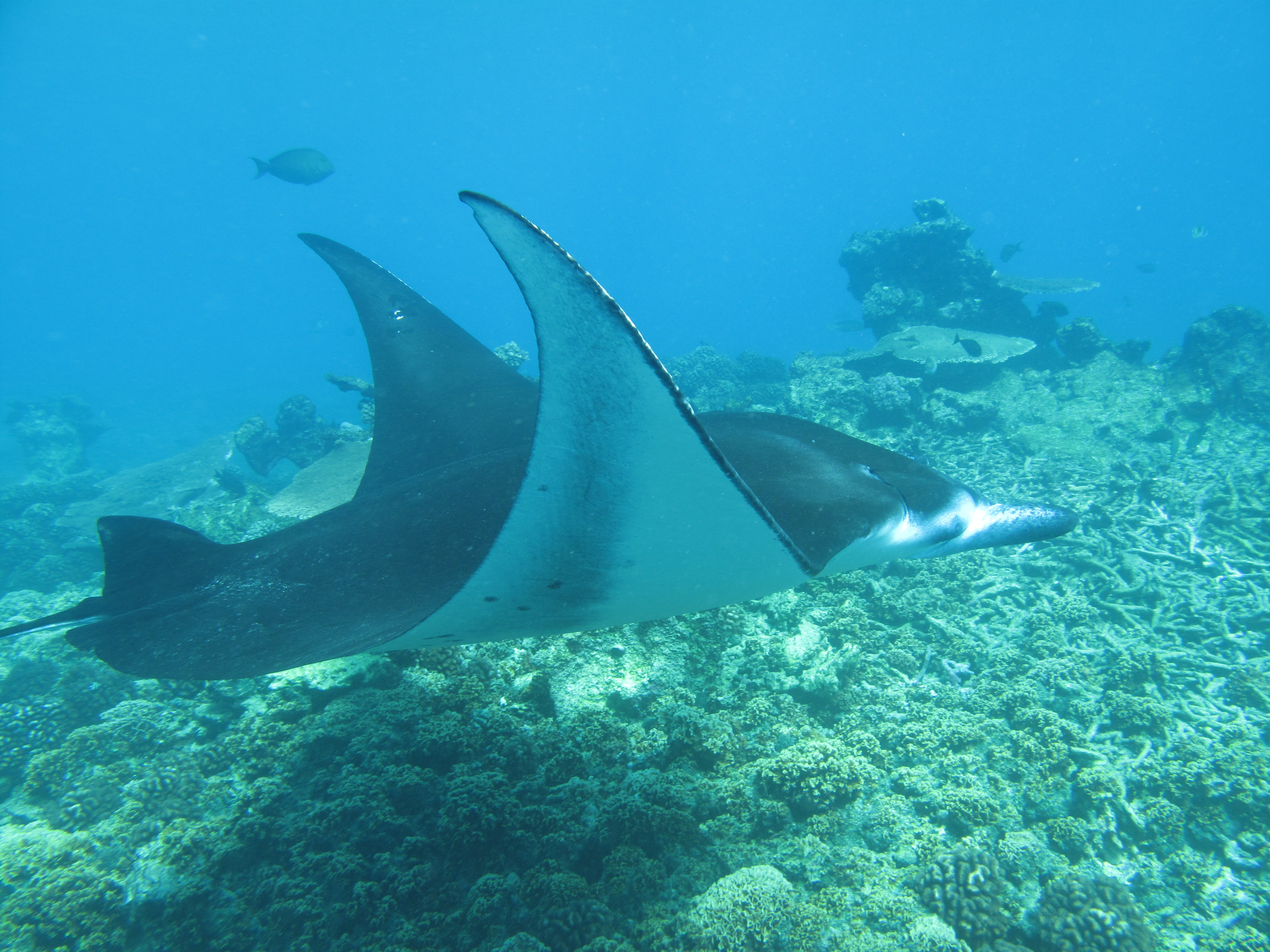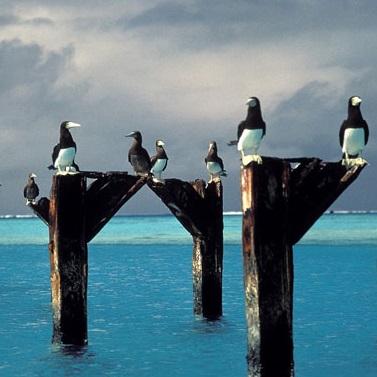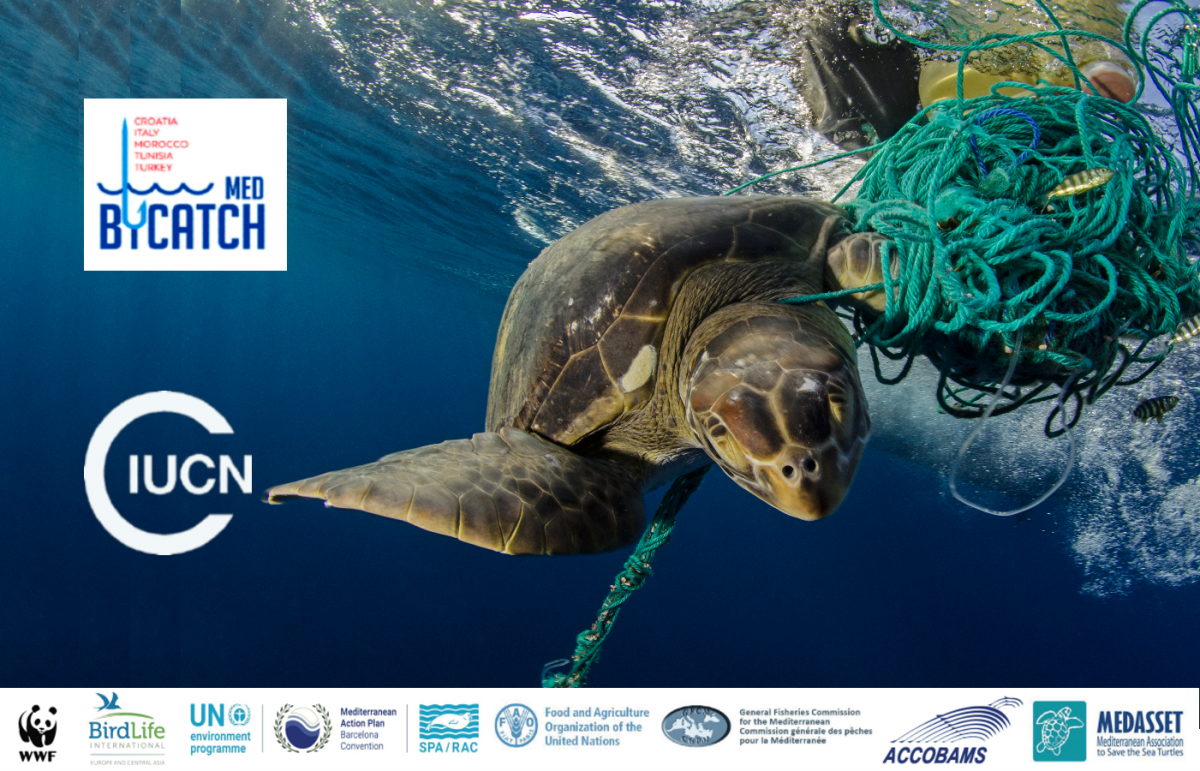Large marine protected areas – how can we manage them together?
The benefits, challenges and opportunities for collaboration in the management of large marine protected areas in the Pacific are the focus of discussion at a workshop being held in Suva, Fiji this week.
The countries and territories of the Pacific Ocean are custodians for large tracts of the largest ocean in the world, which covers approximately one-third of the globe. These ocean areas are home to marine resources that are being placed under immense pressure from over-harvesting and climate change. Pacific countries and territories are increasingly turning to large marine protected areas to conserve these marine ecosystems and resources that are important for subsistence and biological purposes.
The Phoenix Islands Protected Area (PIPA), Kiribati, and the Pacific Remote Islands Marine National Monument (PRIMNM), USA, are two of the longest-established of these large marine protected areas. The PIPA was established in 2008, and at 480,250 square kilometres, encompasses approximately 11% of Kiribati’s exclusive economic zone (EEZ). It is also a natural World Heritage site. The PRIMNM, established in 2009, surrounds a number of unincorporated USA territories in the central Pacific Ocean, including Wake Island, and is 212,714 square kilometres in size. The PIPA and part of the PRIMNM share a common border.
Given the size, location, common ecological zone and proximity of these two marine protected areas, the workshop being held this week seeks to enhance engagement between the managers of the PIPA and PRIMNM. The workshop provides the opportunity for these managers to establish a working relationship, share best practices and lessons learned, and chart ways forward to address their common challenges.
Indeed, there are even larger Pacific Ocean marine protected areas in the pipeline. Marine protected areas currently being developed include: Natural Park of the Coral Sea, New Caledonia, France (1.3 million square kilometres); Marae Moana Marine Park, Cook Islands (1.065 million square kilometres); and Palau’s entire EEZ (almost 600,000 square kilometres). Representatives from these marine protected areas are also participating at the workshop (with the exception of Palau).
IUCN Oceania is facilitating the workshop, which builds on previous workshops held in 2012 in Hawaii (hosted and funded by Conservation International), in 2013 in Kiribati, and in February 2014 in Honolulu (the latter two facilitated by IUCN Oceania). The workshop is supported and financed by the US Embassy in Suva. The workshop starts today and will conclude on Thursday, 29 May.






